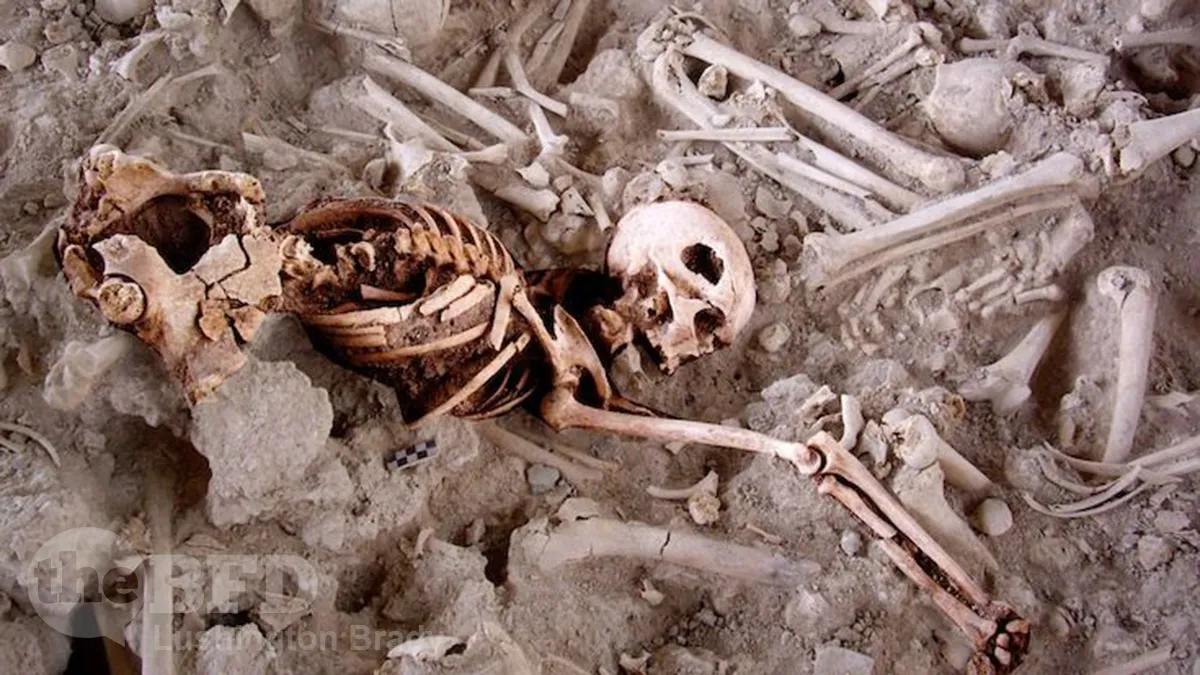In recent posts, I’ve explored humans’ ancient fascinations with putting dicks on things, and fart jokes. But there’s another widespread ancient practice that’s both weirder and a whole lot more painful than dicks and farts. Or maybe not, depending on what you do with both, I guess. But I digress.
For whatever reasons, ancient humans all around the world seem to have had a thing for drilling holes in people’s heads.
Some of them got pretty good at it. The Incas, who had a taste for blood and pain that would make Hannibal Lecter blink, drilled hundreds of skulls of living people.
Researchers made the finding by studying more than 800 Inca skulls found in Peru that had undergone trepanation – a practice in which a surgeon cuts, scrapes or drills a hole in a person’s head. Between 17 and 25 per cent of these Inca patients died before their skulls healed, the researchers found.
LiveScience
While pretty horrible sounding, by comparison, in the Civil War (where surgical finesse, not to mention basic sanitation, was pretty much as Gone With the Wind portrayed) between 46 and 56 per cent of soldiers died so soon after trepanation that their skulls had no time to heal.
But the Incas were just one of ancient peoples around the world with a thing for trepanation – and far from the earliest.
Thousands of years ago, a woman underwent two surgeries to her head – and survived both procedures, her skull reveals.
Scientists in Spain made the discovery after analyzing the woman’s skeletal remains, which were unearthed at a Copper Age burial site known as Camino del Molino, located in Caravaca de la Cruz in south-eastern Spain, according to a study published in the December issue of the International Journal of Paleopathology.
The woman, who was between 35 and 45 years old when she died, was one of 1,348 individuals found at the funerary site, which was used from 2566 to 2239 BC. However, unlike the other skeletons, her skull showed evidence of a series of trepanations.
The reasons why people needed a hole in the head so badly is not fully understood, but it seems likely that some reasons were religious, others medical, or a combination of both. For instance, seizures, headaches and mental illness were often put down to the operations of demons or other spirits. So, obviously the best thing was to cut an exit and let the buggers out.
Injury was always a possibility, of course, but unlikely in this case.
Researchers don’t think the openings were caused by an injury, based on a few factors. For example, there were no fractures radiating from the lesions, and each hole contained well-defined edges. They concluded that the holes were the remnants of two separate surgeries […]
Based on the holes, along with the “oblique orientation of the hole walls,” the researchers determined that the trepanations were done using a “scraping technique.”
“This involves rubbing a rough-surfaced lithic [stone] instrument against the cranial vault, gradually eroding it along all its edges to create the hole,” [study lead author Sonia Diaz-Navarro] said. “To perform this surgery, the affected individual likely had to be strongly immobilized by other members of the community or previously treated with a psychoactive substance that would alleviate pain or render them unconscious.”
Amazingly, the woman appears to have survived both operations, evidenced by healed bone in her skull. Researchers think she lived several months after the second surgery.
Ghastly as it sounds, trepanation by scraping was much safer than drilling. Which, I guess is a bit like saying that slamming your dick in a car door is safer than slicing it off with a carving knife.
Ancient surgeons generally did not damage the meninges or the brain, lowering the risk for potential post-surgical infections, she said, adding that using sterile instruments and plants with natural antibiotic properties could help curb any infection.
Unfortunately, researchers aren’t sure why the woman had the surgery in the first place. Even though her skeleton did show healed rib fractures and some dental caries, these afflictions were likely unrelated.
“The high prevalence of traumatic injuries documented in the skeletons from Camino del Molino leads us not to rule out the possibility that the surgery may have been performed as a result of trauma,” she said. The surgery could have eliminated any evidence of bruising or incisions, and damaged bone fragments may have been removed during the procedure.
LiveScience
All in all, you can keep your ‘good old days’.








